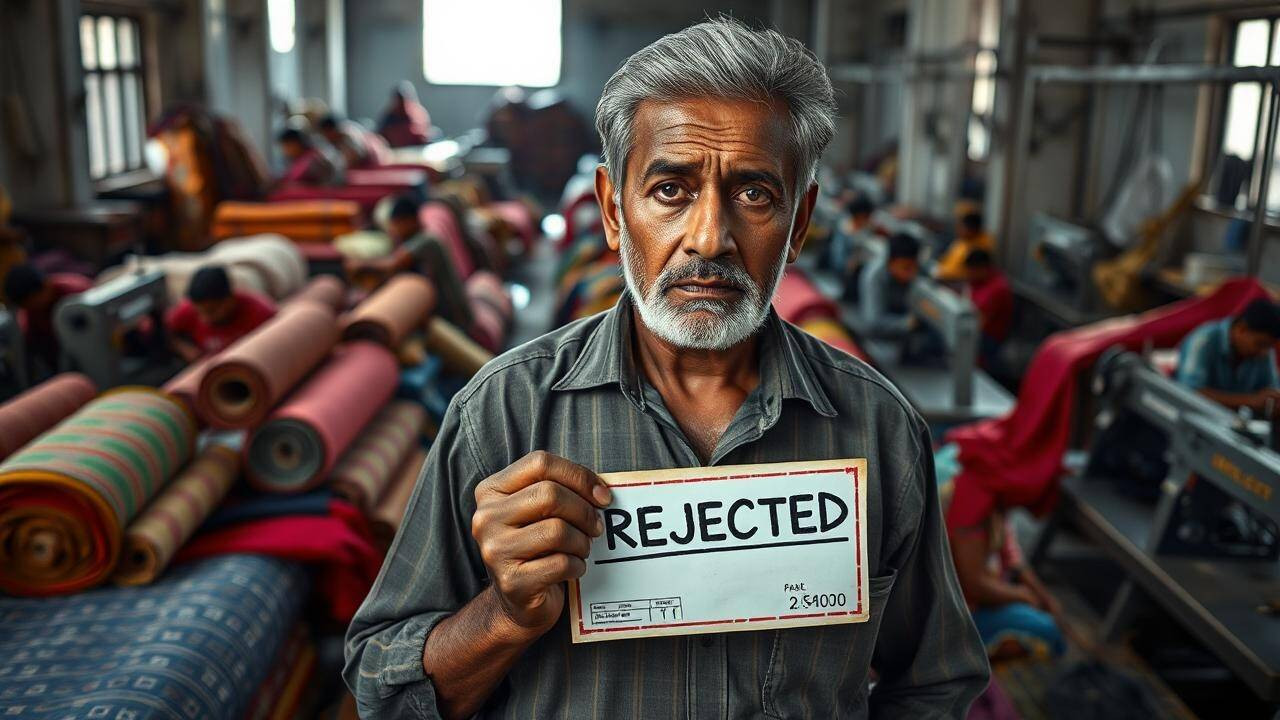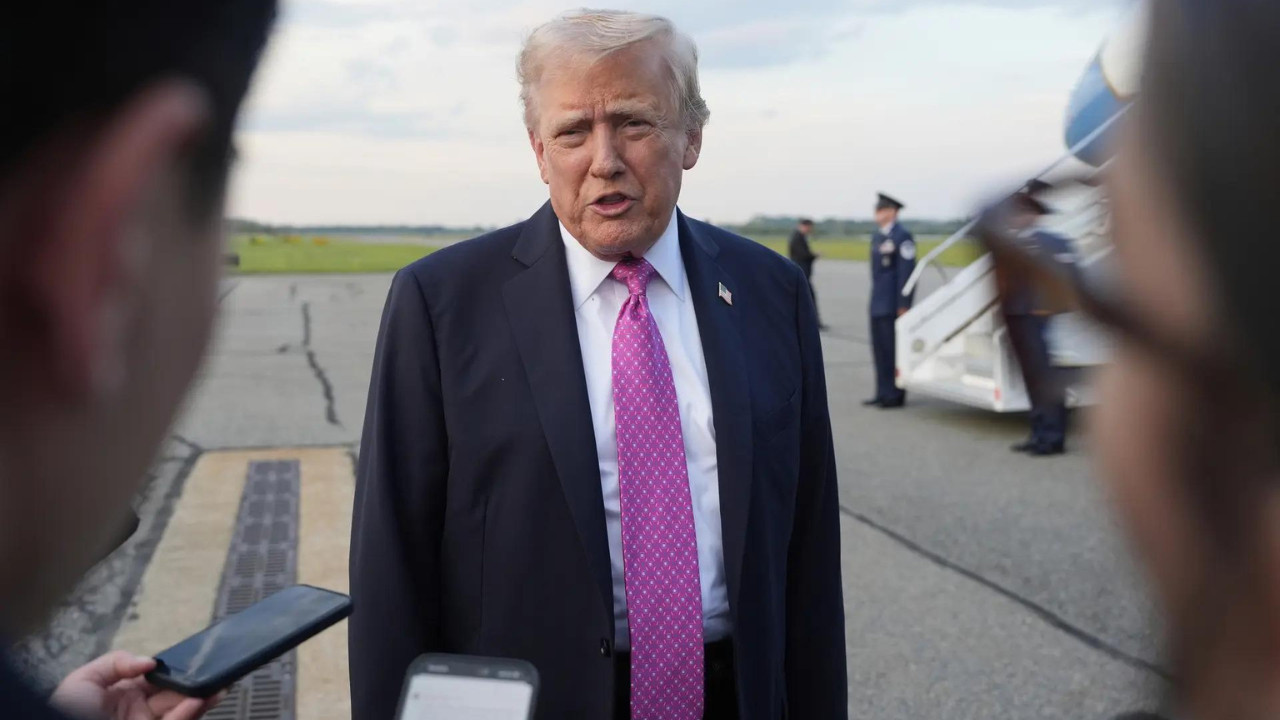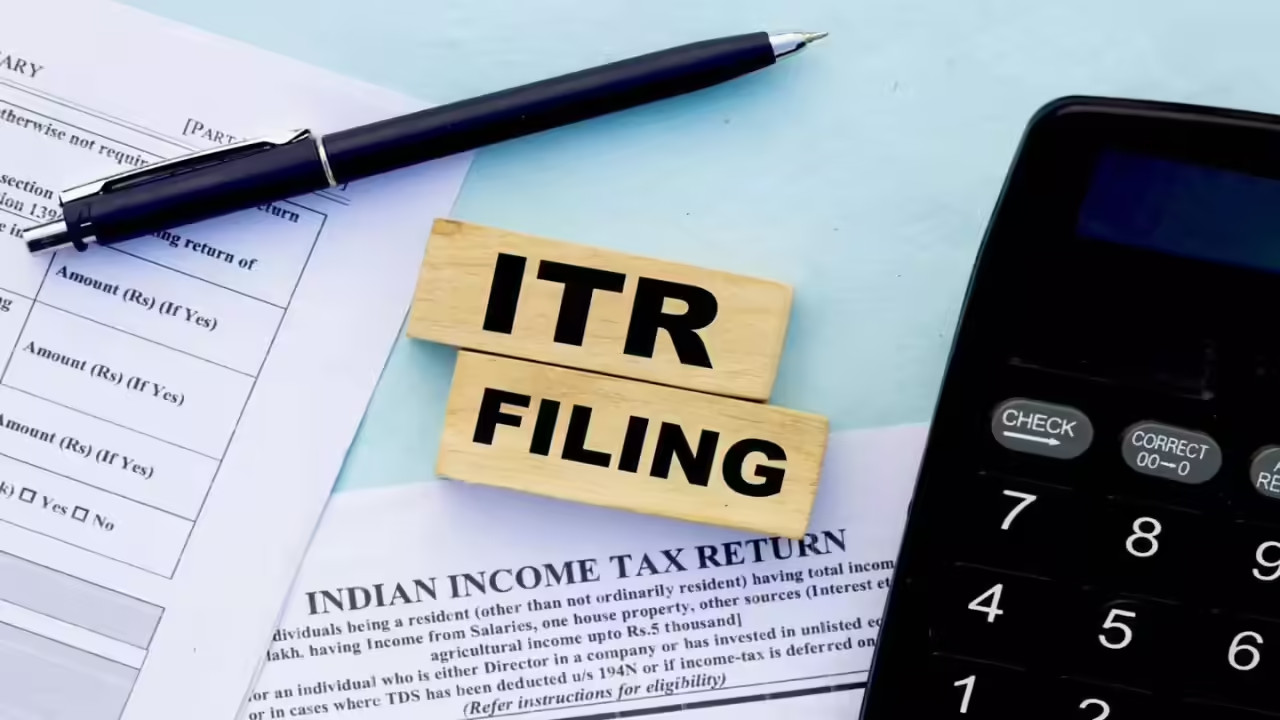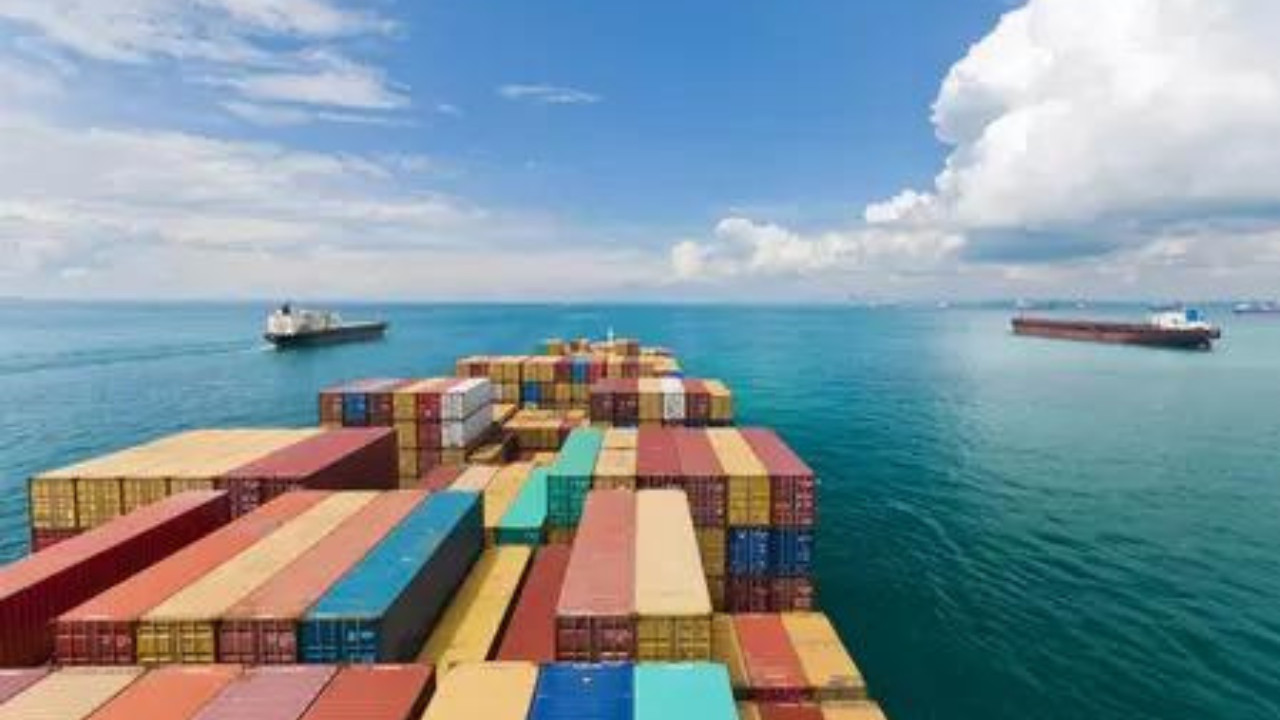ICRA has revised the outlook for the Indian apparel export sector to Negative due to increased US tariff rates, anticipating a 6-9% drop in export revenues in FY2026. This tariff hike, effective from August 27, is expected to significantly impact the competitiveness of Indian exporters, potentially contracting industry operating margins by 200-300 basis points.
Are Rough Waters Ahead for India’s Apparel Exports?
The global fashion scene is known for its constant evolution, but lately, there’s been a tremor felt throughout the Indian apparel export market. It’s not a new hemline or a revolutionary fabric, but something far more impactful: potential US tariff hikes.
ICRA, a leading credit rating agency, recently adjusted its outlook for the sector from stable to negative, and it’s a shift that should have businesses paying attention. The reason? These proposed tariffs could significantly impact the operating margins of Indian apparel exporters, shrinking them by an estimated 200-300 basis points.
But what exactly is fueling this potential storm? The US, a major destination for Indian-made clothing, is considering increasing tariffs on imports from certain countries, and India, unfortunately, finds itself in the crosshairs. This isn’t just about numbers on a spreadsheet; it’s about the livelihoods of countless workers, the survival of small and medium-sized enterprises, and the overall health of a vital sector of the Indian economy.
The Ripple Effect of Potential US Tariffs
The garment industry is a complex, interwoven web. Increased tariffs don’t just affect the exporters themselves; they send ripples down the supply chain. Fabric manufacturers, dye producers, logistics companies – everyone involved feels the pinch. If Indian apparel becomes more expensive in the US market due to tariffs, American retailers might look to source their clothing from countries with lower costs, creating significant pressure on Indian exporters.
The timing couldn’t be worse. The industry is already navigating a challenging global economic landscape. Demand in key markets has been fluctuating, and competition from other apparel-producing nations like Bangladesh and Vietnam is fierce. Adding a tariff burden to this mix could create a perfect storm, making it incredibly difficult for Indian exporters to compete effectively.

This also puts pressure on the exporters to absorb some of the tariff costs, eating into their profit margins. While some larger players might have the financial muscle to weather the storm, smaller businesses, which form the backbone of the industry, could find themselves struggling to stay afloat.
Adapting to a Changing Landscape: Strategies for Survival
So, what can be done? The situation isn’t without hope. Indian apparel exporters need to explore proactive strategies to mitigate the potential impact. Diversifying export markets is crucial. While the US remains a significant market, focusing on expanding into other regions like Europe, Australia, and even emerging markets in Asia and Africa can reduce reliance on a single market and spread the risk. This also includes increasing focus on the domestic Indian market.
Another key strategy is to enhance efficiency and productivity. By investing in technology, streamlining processes, and improving supply chain management, exporters can reduce costs and improve their competitiveness, making them more resilient to tariff pressures. Embracing sustainable practices is no longer just a feel-good initiative, but a business imperative. Consumers are increasingly demanding ethically and environmentally responsible clothing, and Indian exporters can capitalize on this trend by showcasing their commitment to sustainability, giving them a competitive edge in the global market.
Furthermore, collaboration is key. Industry associations, government bodies, and individual exporters need to work together to negotiate favorable trade deals and advocate for policies that support the industry’s growth. Strengthening existing trade relationships and forging new ones can help create a more level playing field for Indian apparel exporters. Read more about the importance of international trade agreements here.
The Road Ahead: Navigating Uncertainty in Apparel Exports
The potential US tariff hikes present a significant challenge to India’s apparel export sector, but it’s not an insurmountable one. By adopting proactive strategies, embracing innovation, and working together, Indian exporters can navigate these uncertain waters and emerge stronger. The key lies in adapting to the changing global landscape and focusing on building a more resilient and sustainable industry. The future of Indian apparel exports hinges on the industry’s ability to proactively address these challenges and chart a new course towards continued growth and success.
Final URL slug: india-apparel-exports-tariffs







